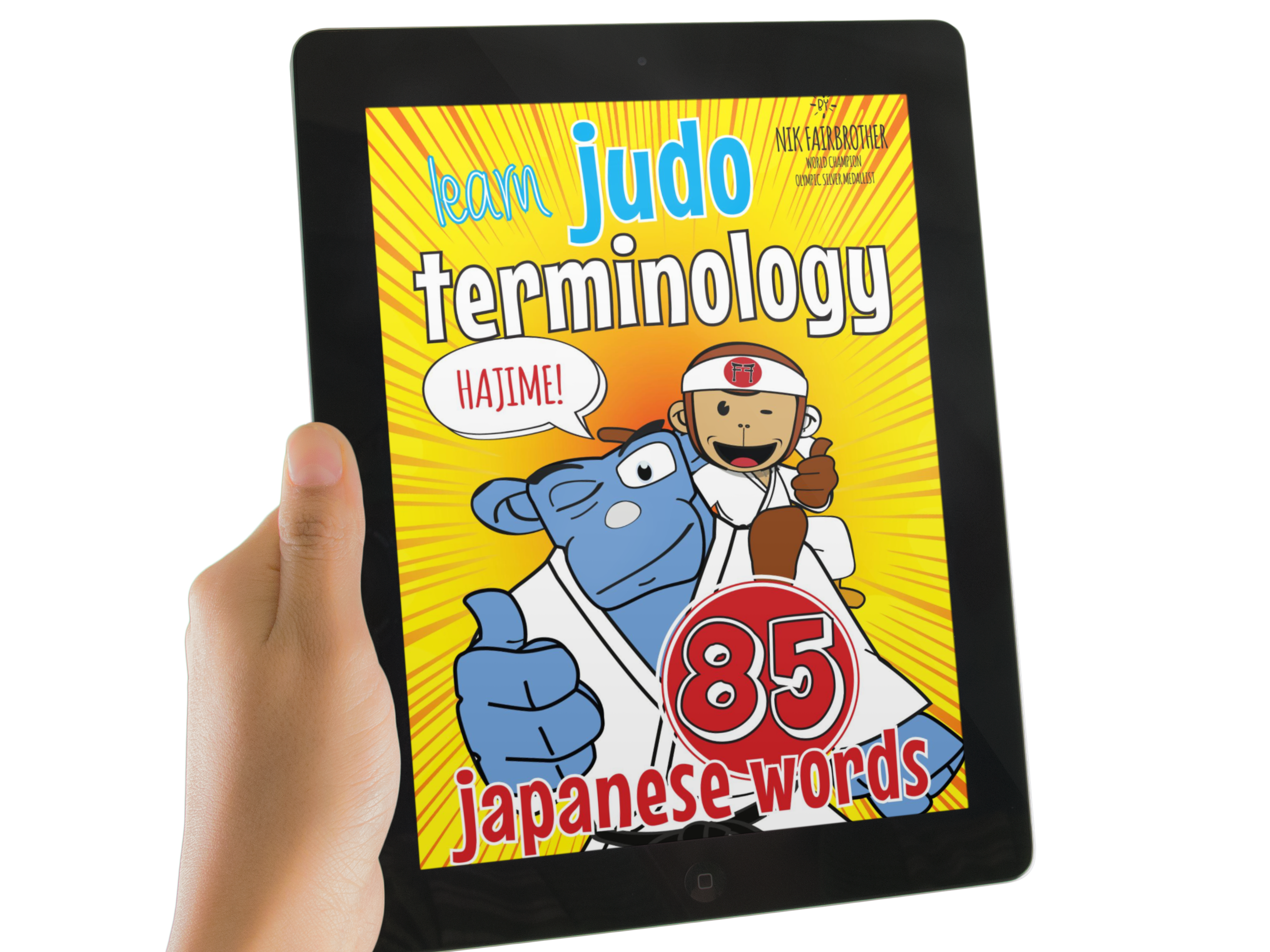Yoko-Guruma – how to do this throw
Yoko-Guruma
Yoko-Guruma, belongs to the 5th Group of the Gokyo, and is a spectacular counter throw often used at Olympic level competition. Here’s how:

How to throw with Yoko-Guruma
- Be ready, and when your partner attacks you, move around the technique
- Grab around the waist and as you move around in a circle, stick your leg out
- Use the circular momentum, lift and wheel your partner over onto their back.
Here is a video from the International Judo Federation on how to do this waza.
Guruma means wheel
The Japanese word « Guruma » means wheel and refers to the movement of the technique, as you wheel your partner over, using a part of your body as a pivot.
For example, another common technique which uses this wheel movement is O-Guruma. With O-Guruma tori (attacker) uses their leg as the point of pivot and wheels their partner over their leg.
0-Guruma

Kata-Guruma
You can see a similar wheeling motion in our Kata-Guruma tutorial. With Kata-Guruma tori uses their shoulders as the pivot point, wheeling their partner over their back and towards the tatami.
This technique is a banned technique through the IJF rules (where you can’t touch the trouser leg) but remains a part of the Gokyo and here is information on how to do the throw by the Kodokan.

The 5th Group of the Gokyo
Dai-Gokyo is the 5th Group of the Gokyo, and contains a set of eight techniques; O-soto-guruma, Uki-waza, Yoko-wakare, Yoko-guruma, Ushiro-goshi, Ura-nage, Sumi-otoshi, Yoko-gake.
The 5th Group (Dai-Gokyo) is the most advanced set of the judo syllabus, containing various sutemi-waza (sacrifice throws) and kaeshi-waza (counter throws).
Koka Kids covers the full Gokyo-No-Waza with tutorials on the throws.



